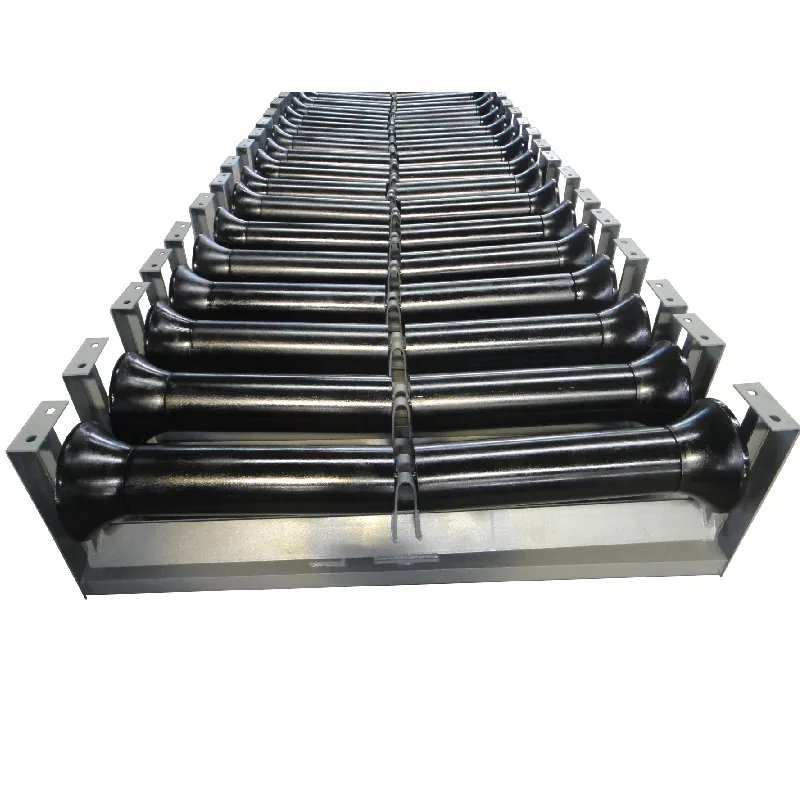 Afrikaans
Afrikaans  Albanian
Albanian  Amharic
Amharic  Arabic
Arabic  Armenian
Armenian  Azerbaijani
Azerbaijani  Basque
Basque  Belarusian
Belarusian  Bengali
Bengali  Bosnian
Bosnian  Bulgarian
Bulgarian  Catalan
Catalan  Cebuano
Cebuano  Corsican
Corsican  Croatian
Croatian  Czech
Czech  Danish
Danish  Dutch
Dutch  English
English  Esperanto
Esperanto  Estonian
Estonian  Finnish
Finnish  French
French  Frisian
Frisian  Galician
Galician  Georgian
Georgian  German
German  Greek
Greek  Gujarati
Gujarati  Haitian Creole
Haitian Creole  hausa
hausa  hawaiian
hawaiian  Hebrew
Hebrew  Hindi
Hindi  Miao
Miao  Hungarian
Hungarian  Icelandic
Icelandic  igbo
igbo  Indonesian
Indonesian  irish
irish  Italian
Italian  Japanese
Japanese  Javanese
Javanese  Kannada
Kannada  kazakh
kazakh  Khmer
Khmer  Rwandese
Rwandese  Korean
Korean  Kurdish
Kurdish  Kyrgyz
Kyrgyz  Lao
Lao  Latin
Latin  Latvian
Latvian  Lithuanian
Lithuanian  Luxembourgish
Luxembourgish  Macedonian
Macedonian  Malgashi
Malgashi  Malay
Malay  Malayalam
Malayalam  Maltese
Maltese  Maori
Maori  Marathi
Marathi  Mongolian
Mongolian  Myanmar
Myanmar  Nepali
Nepali  Norwegian
Norwegian  Norwegian
Norwegian  Occitan
Occitan  Pashto
Pashto  Persian
Persian  Polish
Polish  Portuguese
Portuguese  Punjabi
Punjabi  Romanian
Romanian  Russian
Russian  Samoan
Samoan  Scottish Gaelic
Scottish Gaelic  Serbian
Serbian  Sesotho
Sesotho  Shona
Shona  Sindhi
Sindhi  Sinhala
Sinhala  Slovak
Slovak  Slovenian
Slovenian  Somali
Somali  Spanish
Spanish  Sundanese
Sundanese  Swahili
Swahili  Swedish
Swedish  Tagalog
Tagalog  Tajik
Tajik  Tamil
Tamil  Tatar
Tatar  Telugu
Telugu  Thai
Thai  Turkish
Turkish  Turkmen
Turkmen  Ukrainian
Ukrainian  Urdu
Urdu  Uighur
Uighur  Uzbek
Uzbek  Vietnamese
Vietnamese  Welsh
Welsh  Bantu
Bantu  Yiddish
Yiddish  Yoruba
Yoruba  Zulu
Zulu An Overview of Industrial Conveyor Pulleys for Efficient Material Handling Solutions
Understanding Industrial Conveyor Pulleys Essential Components in Material Handling Systems
Conveyor systems play a crucial role in modern industrial operations, enhancing productivity and efficiency by streamlining material handling processes. At the heart of these systems are conveyor pulleys, vital components that contribute to the overall functionality and reliability of conveyors. This article delves into the significance of industrial conveyor pulleys, their types, functions, and maintenance considerations.
What are Conveyor Pulleys?
Conveyor pulleys are cylindrical devices used to redirect the movement of the conveyor belt. They serve as the mounting point for the belt and are crucial in supporting the load being transported. Typically made from robust materials like steel or aluminum, pulleys must withstand heavy loads, harsh environmental conditions, and continuous operation.
Types of Conveyor Pulleys
There are several types of conveyor pulleys, each designed for specific functions within the conveyor system
1. Drive Pulleys Located at the head of the conveyor, drive pulleys transmit power to the conveyor belt, enabling it to move. They are equipped with a drive mechanism, which may involve electric motors or hydraulic systems.
2. Idler Pulleys These pulleys support the conveyor belt and help maintain its tension. Idler pulleys are typically found in the middle sections of the conveyor system. They come in various forms, including troughing idlers and return idlers, designed to accommodate the natural curvature of the belt.
3. Tail Pulleys Positioned at the end of the conveyor, tail pulleys assist in the return of the belt back to the head. They play a critical role in tensioning the belting system and ensuring smooth operation.
4. Belt Take-Up Pulleys These are employed to adjust the tension in the conveyor belt, compensating for wear or stretching over time. Proper tension is crucial for optimal belt performance.
5. Transition Pulleys These facilitate the gradual transition of the belt from horizontal to inclined positions or vice versa, reducing wear and tear on the belt.
Functions of Conveyor Pulleys
industrial conveyor pulleys

Conveyor pulleys serve multiple functions that are essential for the effective operation of conveyor systems
- Load Support Pulleys provide the necessary support to the conveyor belt, which aids in the transportation of materials.
- Belt Alignment Properly aligned pulleys help prevent belt misalignment, which can lead to inefficiencies and potential damage.
- Tension Maintenance Pulleys maintain the correct tension in the conveyor belt, ensuring smooth operation and minimizing wear.
- Directional Changes Pulleys are pivotal in changing the direction of the conveyor belt, which allows for more versatile material handling configurations.
Maintenance Considerations
Regular maintenance of conveyor pulleys is paramount to ensuring their longevity and performance. Here are some essential maintenance tips
1. Inspection Regularly inspect pulleys for signs of wear, damage, or misalignment. Pay close attention to the condition of the bearings and the surface of the pulleys.
2. Cleaning Ensure pulleys are kept free from debris and material buildup, which can impede their function and cause excessive wear.
3. Lubrication Properly lubricate bearings to reduce friction and wear. Follow the manufacturer's guidelines on lubrication frequency and type.
4. Alignment Checks Regularly check the alignment of pulleys and make adjustments as necessary to prevent misalignment and potential belt damage.
In conclusion, industrial conveyor pulleys are integral components of material handling systems, influencing the efficiency and reliability of operations. Understanding their types, functions, and maintenance requirements is essential for any organization looking to optimize its conveyor systems. Investing in high-quality pulleys and implementing a proactive maintenance strategy can significantly enhance operational productivity and reduce downtime.
-
Revolutionizing Conveyor Reliability with Advanced Rubber Lagging PulleysNewsJul.22,2025
-
Powering Precision and Durability with Expert Manufacturers of Conveyor ComponentsNewsJul.22,2025
-
Optimizing Conveyor Systems with Advanced Conveyor AccessoriesNewsJul.22,2025
-
Maximize Conveyor Efficiency with Quality Conveyor Idler PulleysNewsJul.22,2025
-
Future-Proof Your Conveyor System with High-Performance Polyurethane RollerNewsJul.22,2025
-
Driving Efficiency Forward with Quality Idlers and RollersNewsJul.22,2025





























